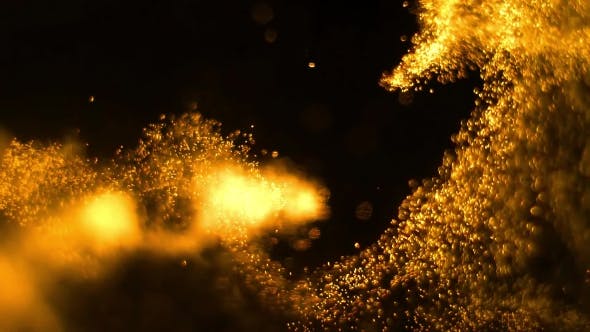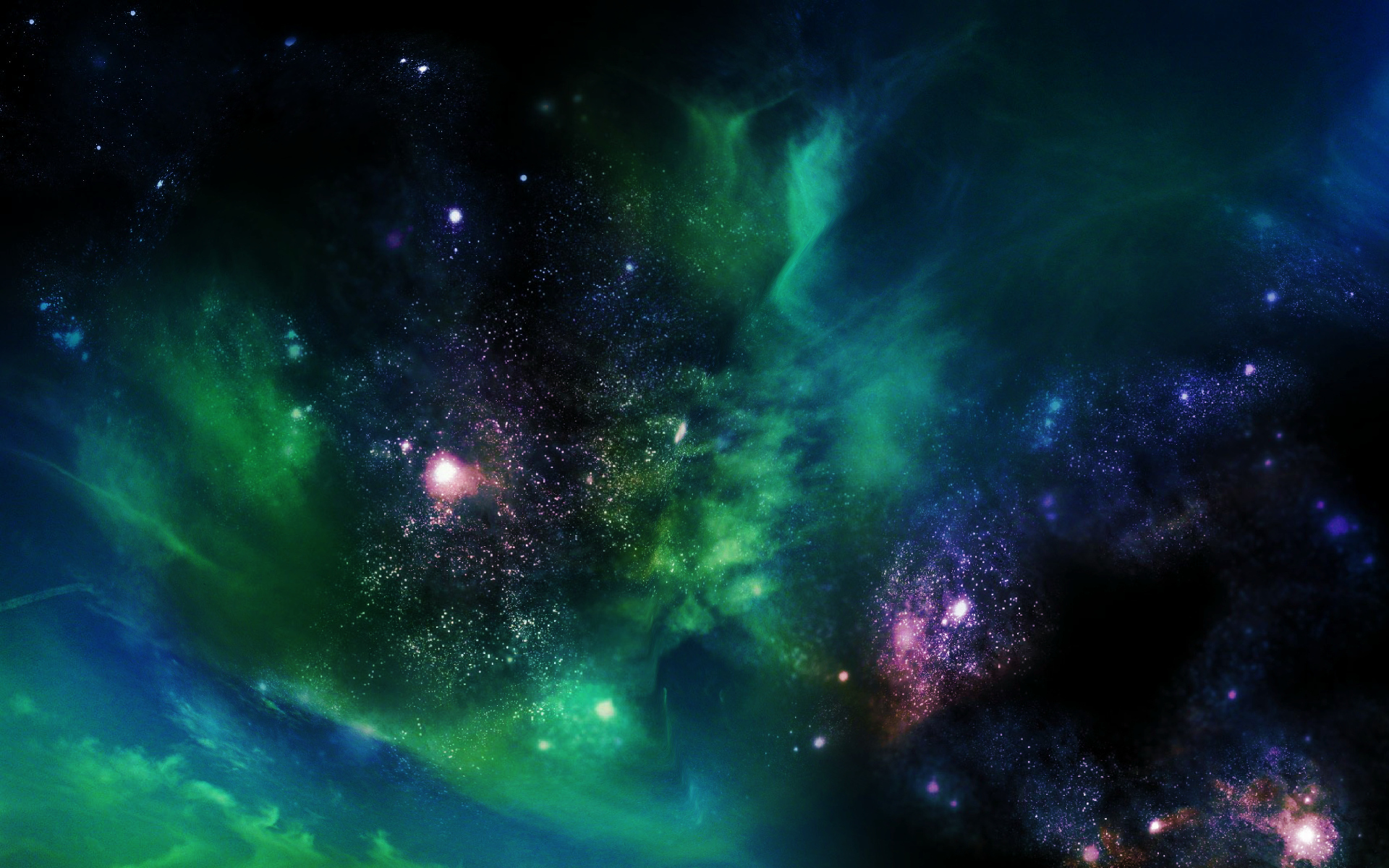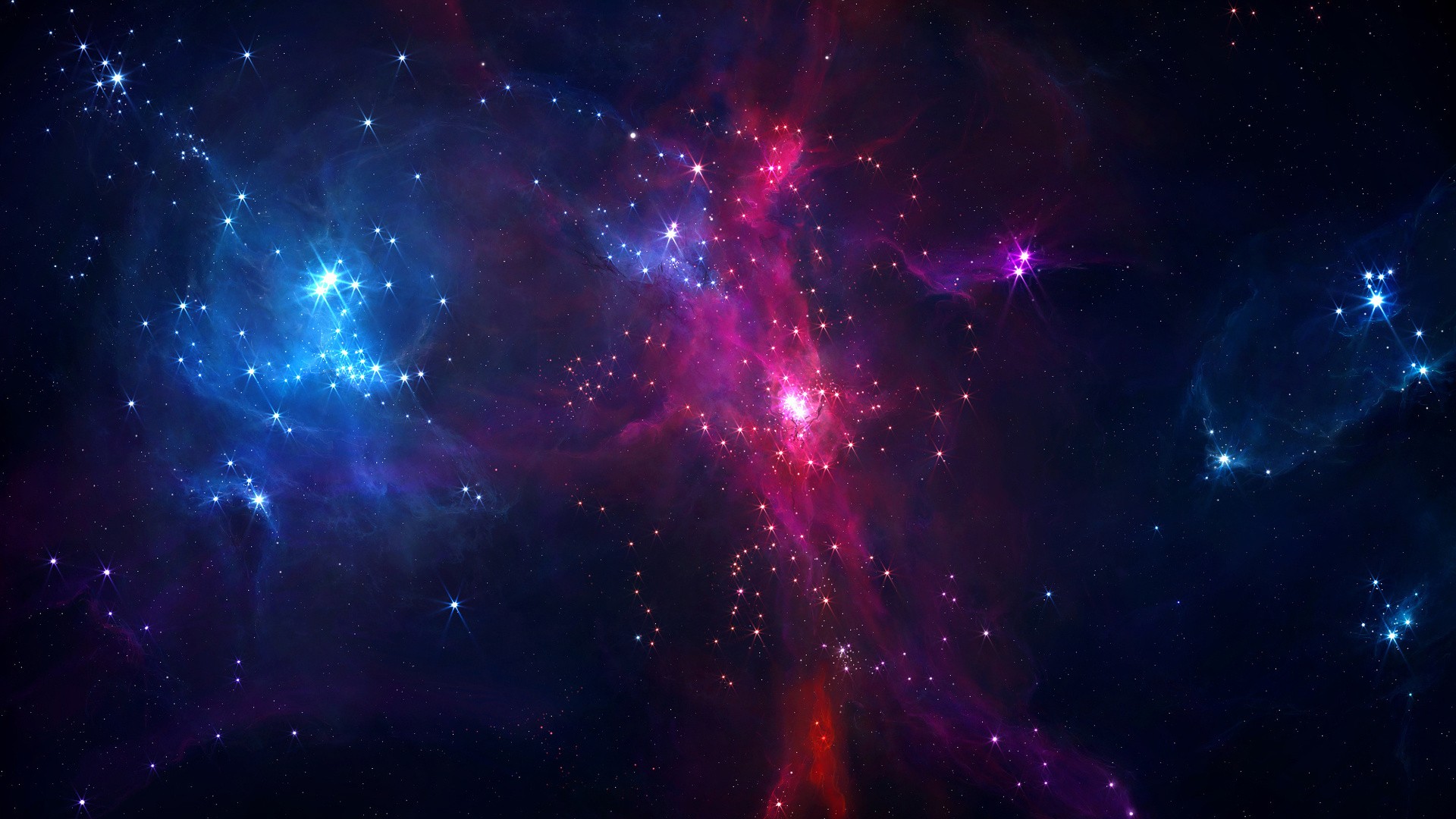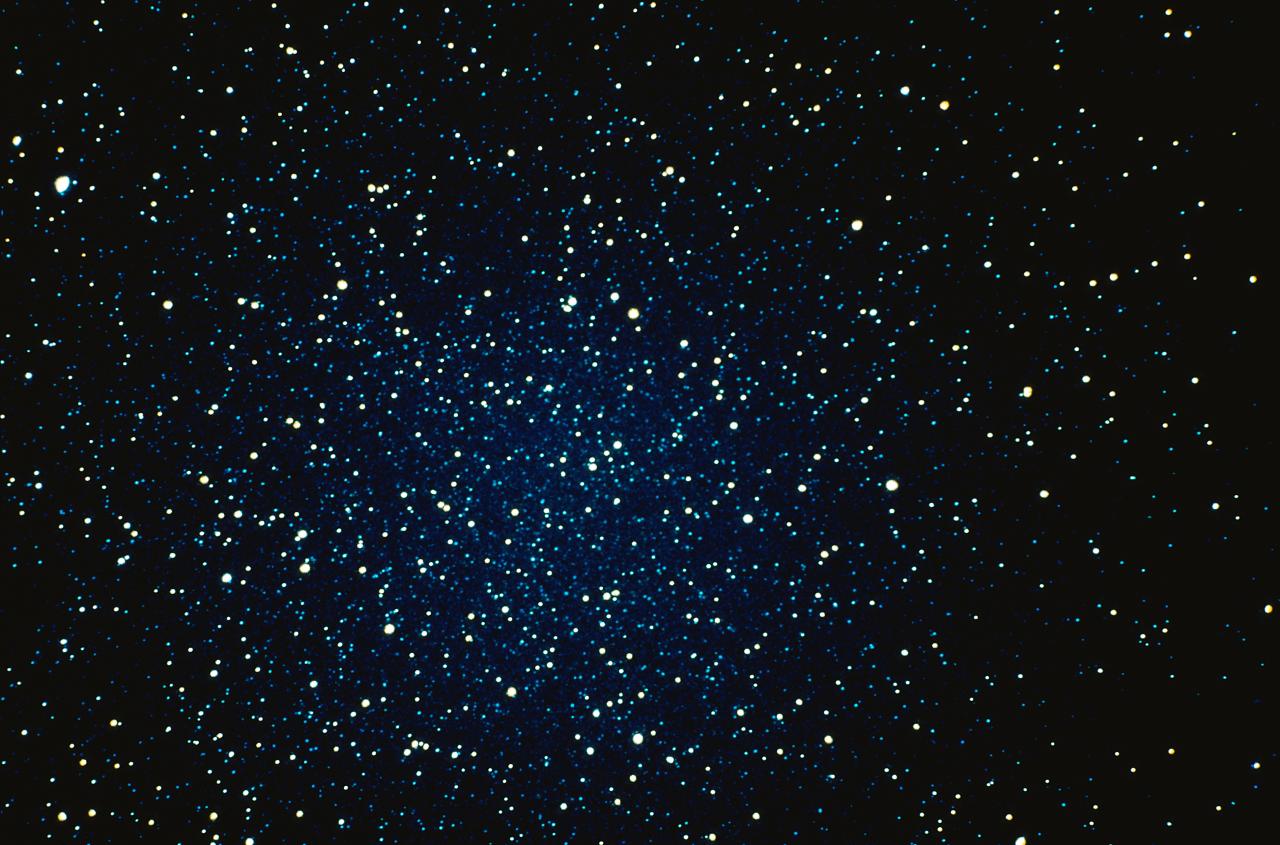
Follow the story of golden atoms from their birth in stellar explosions via incorporation into formation of our planet to their coming together in a golden nugget and appearance in the Earth's crust.

E-waste is a global problem, while the mining of fresh resources for electronics leaves devastation in its wake. And yet, the more cutting-edge our devices, the harder they are to recycle.

Scientists think that might be the case, and are looking for a source of extra energy that could generate the magnetic field they observe.

A new study proves that the Earth and other planetary objects formed in the early years of the Solar System share similar chemical origins – a finding at odds with accepted wisdom held by scientists for decades.

Earth is home to 2,550 exotic minerals, some so scarce the world supply would fit inside a sugar cube. One of the Earth’s rarest minerals is Nevadaite, which has only been found in two places on the planet.

Nearly 13.7 billion years ago, the universe was made of only hydrogen, helium and traces of lithium — byproducts of the Big Bang. Some 300 million years later, the very first stars emerged, creating additional chemical elements throughout the universe. Since then, giant stellar explosions, or supernovas, have given rise to carbon, oxygen, iron and the rest of the 94 naturally occurring elements of the periodic table.